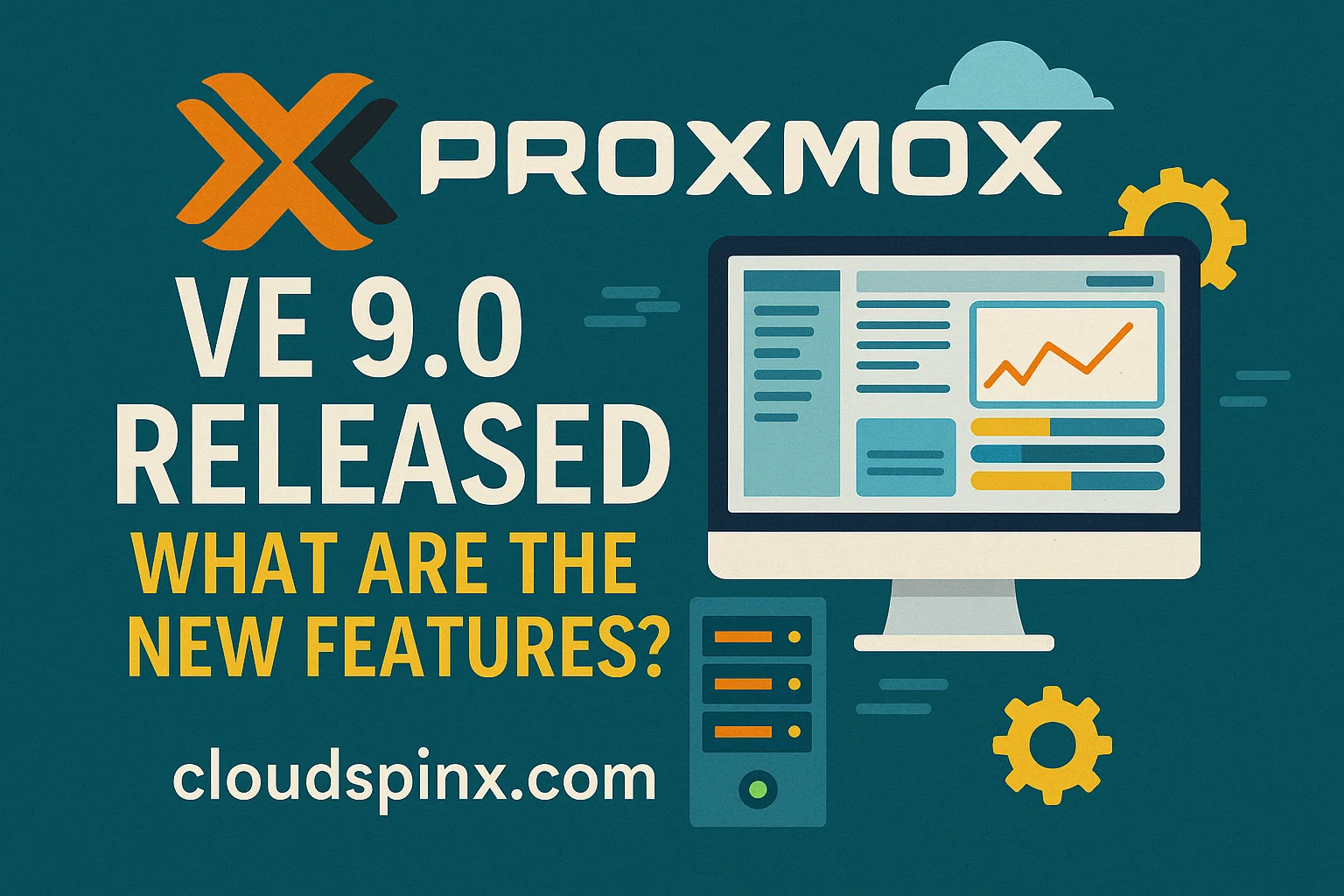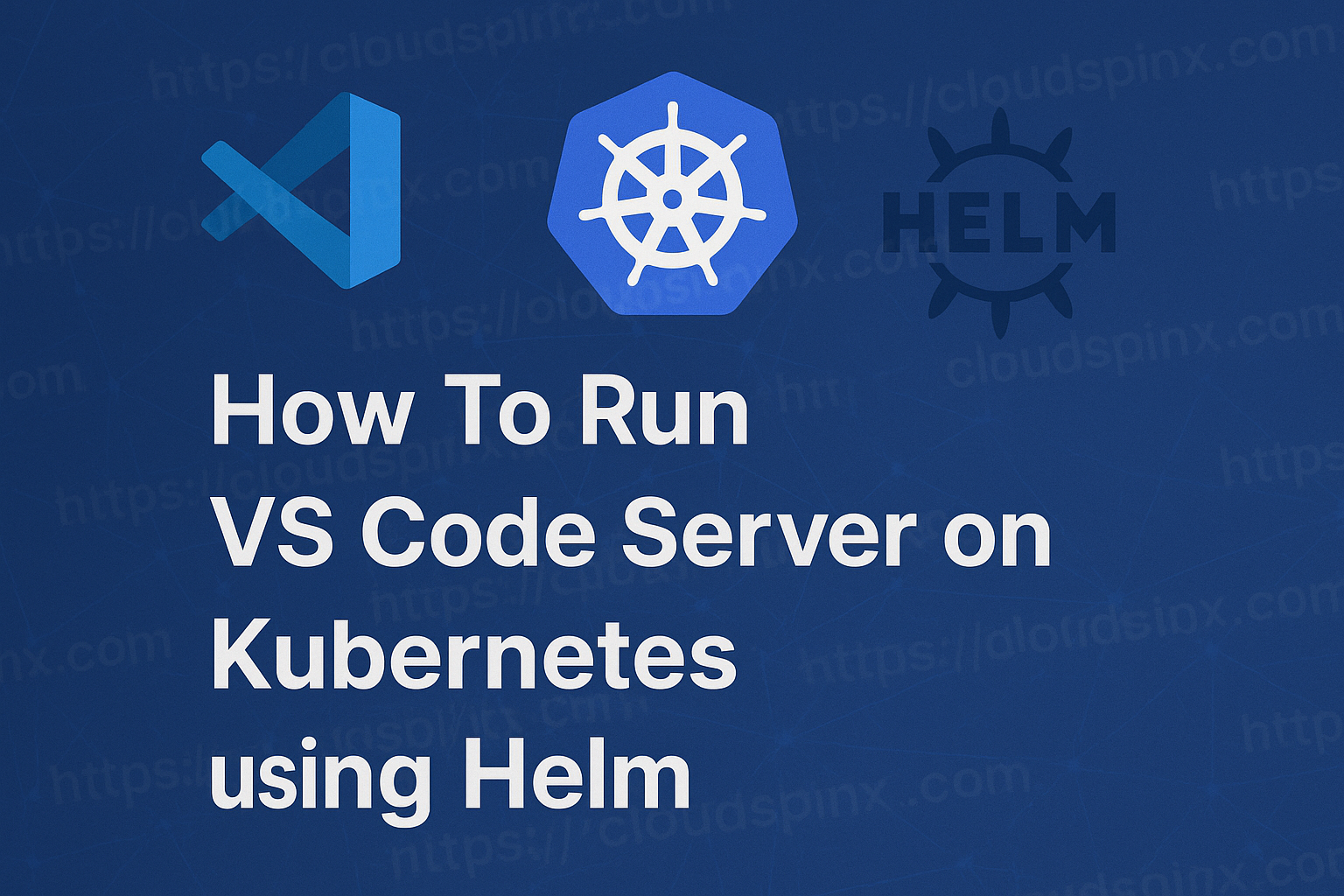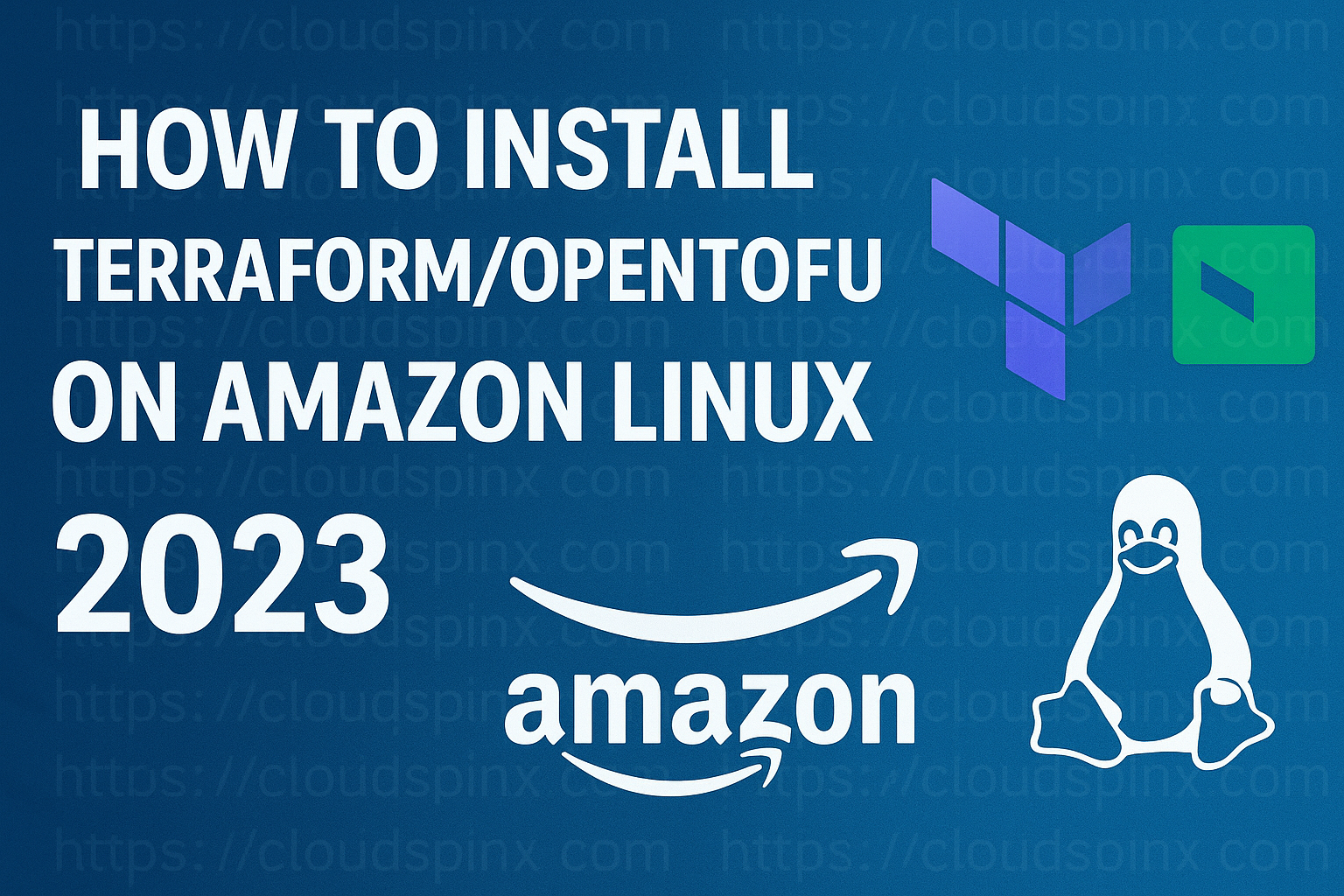Released on August 5, 2025, Proxmox Virtual Environment (VE) 9.0 marks a major milestone in the journey of one of the world’s most popular open-source virtualization platforms. Built on Debian 13 “Trixie”, with the Linux Kernel 6.14.8-2 at its core, this release introduces groundbreaking features designed to power modern data centers with better performance, resilience, and flexibility.
In this post, we’ll explore the key highlights, new features, and benefits of upgrading to Proxmox VE 9.0.
Why Proxmox VE 9.0 Is a Game-Changer
- Debian 13 “Trixie” Base – Enhanced security, improved hardware compatibility, and updated packages.
- Latest Virtualization Stack – QEMU 10.0.2, LXC 6.0.4, ZFS 2.3.3, and Ceph Squid 19.2.3.
- VM Snapshots on LVM Shared Storage – Enterprise-grade snapshots for Fibre Channel and iSCSI SANs.
- SDN Fabrics – Build complex, routed network topologies with OpenFabric and OSPF support.
- HA Affinity Rules – Fine-grained control over VM and container placement for better resiliency.
- Modern Mobile Interface – Manage your environment on the go with a refreshed Rust + Yew interface.
- Improved ZFS – Add new devices to RAIDZ pools with minimal downtime.
- Extended Metrics – New CPU, memory, and I/O insights for better performance monitoring.
Quick Comparison: Proxmox VE 8.4 vs Proxmox VE 9.0
| Feature | Proxmox VE 8.4 | Proxmox VE 9.0 |
|---|---|---|
| Base OS | Debian 12 “Bookworm” | Debian 13 “Trixie” |
| Kernel | 6.8.12-9 | 6.14.8-2 |
| QEMU | 9.2.0 | 10.0.2 |
| LXC | 6.0.0 | 6.0.4 |
| Ceph | Squid 19.2.1 / Reef 18.2.4 | Squid 19.2.3 |
| ZFS | 2.2.7 | 2.3.3 (RAIDZ expansion) |
| Snapshots on LVM | Not supported | Supported (volume chains) |
| SDN Fabrics | Limited support | OpenFabric & OSPF fabrics |
| HA Control | HA Groups | Node & Resource Affinity Rules |
| Mobile Interface | Legacy design | Modern Rust + Yew UI |
| Metrics | Basic | Advanced CPU, IO, Memory stall tracking |
New Features in Detail
1. VM Snapshots for Shared LVM Storage
One of the most requested enterprise features is finally here.
- Supports iSCSI & Fibre Channel SANs.
- Uses volume chains to allow snapshots without third-party clustered filesystems.
- Reduces downtime during snapshot creation and deletion.
2. SDN Fabrics with OpenFabric and OSPF
The new Fabrics feature takes SDN to the next level:
- Build full-mesh Ceph clusters or use fabrics as VPN underlays.
- Dynamic routing protocols (OpenFabric & OSPF) ensure automatic topology adaptation.
- Simplifies EVPN underlays and spine-leaf architectures for scale-out data centers.
3. High-Availability (HA) Affinity Rules
Proxmox VE 9.0 introduces Node & Resource Affinity Rules:
- Node Affinity – Pin workloads to specific nodes.
- Resource Affinity – Keep VMs/CTs together or spread them out.
- Replaces the old HA Groups, with automatic migration during upgrade.
4. Modernized Mobile Web Interface
Rebuilt with Rust + Yew, the new mobile interface offers:
- Quick overviews of VMs, tasks, and storages.
- Start/stop guest operations on the go.
- Cleaner UI optimized for touch devices.
5. Enhanced Metrics and Monitoring
New metrics for deeper troubleshooting and resource planning:
- CPU, I/O, and memory pressure stall information.
- ZFS ARC memory usage integrated into node graphs.
- Extended RRD resolution for granular performance data (per-minute, per-30-minutes, per-6-hours, weekly).
- Support for OpenTelemetry OTLP/HTTP for external observability platforms.
6. Storage & Backup Improvements
- ZFS RAIDZ Expansion – Add disks with minimal downtime.
- Parallel Restore from Proxmox Backup Server – Speeds up recovery.
- Better fleecing backup cleanup – Prevents orphaned images.
- Dedicated replication networks – Separate replication traffic from migrations.
7. Security & Access Control Updates
- New fine-grained privileges for QEMU guest agent commands.
- Dropped
VM.Monitorprivilege → replaced withSys.Audit. - New VM.Replicate privilege for replication jobs.
- Default containers are now unprivileged for improved security.
- Multiple Proxmox Security Advisories (PSAs) included in release.
Known Issues & Breaking Changes
Before upgrading, keep in mind:
- Network Interface Names may change (use
pve-network-interface-pinningto prevent issues). - VirtIO vNIC MTU default now inherits from the bridge (previously 1500).
- AppArmor 4.1 may cause regressions with some services (e.g., CUPS).
- GlusterFS support dropped – migrate to Directory/NFS/CIFS.
- VM.Monitor privilege removed – roles must be updated.
- maxfiles backup setting removed – use
prune-backupsinstead.
Download & Upgrade
- Subscriptions: From €115/year per CPU for Enterprise Support.
- Download ISO: Proxmox VE 9.0 Downloads
- Upgrade Guide: Upgrade from 8 to 9
Conclusion
Proxmox VE 9.0 is not just an incremental update, it’s a significant leap forward in open-source virtualization. With powerful new features like LVM snapshots, SDN fabrics, advanced HA rules, and a sleek mobile interface, it solidifies its position as a leading choice for enterprises, SMBs, and homelabs alike.
If you’re running Proxmox VE 8.4, the seamless upgrade path ensures you can enjoy these new features without disrupting your production workloads.









